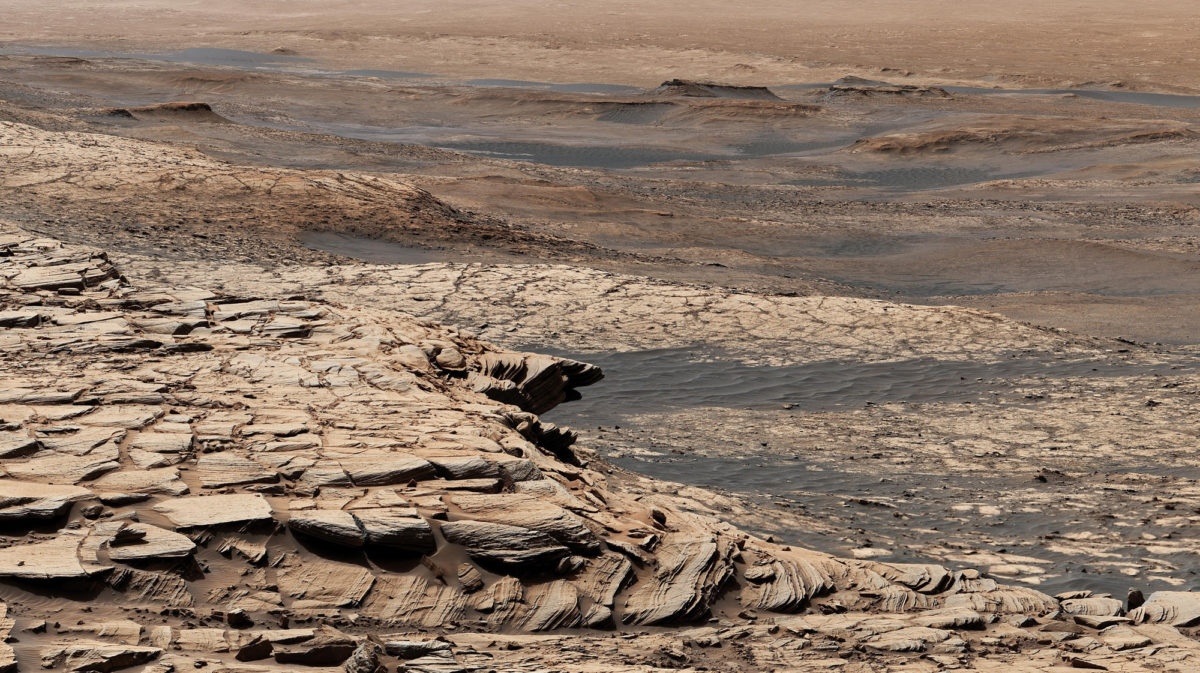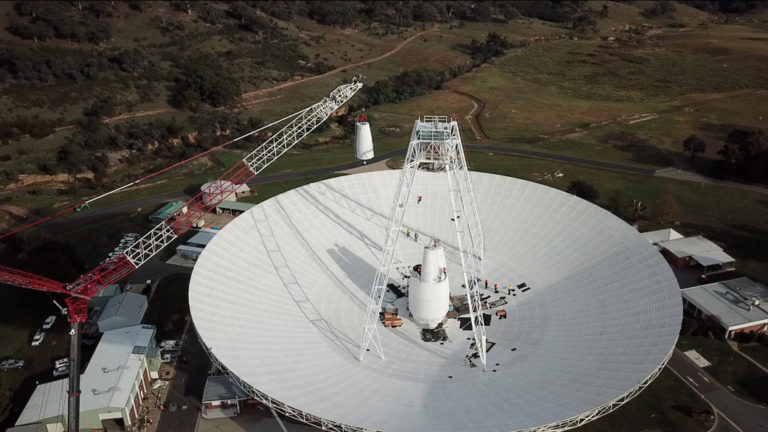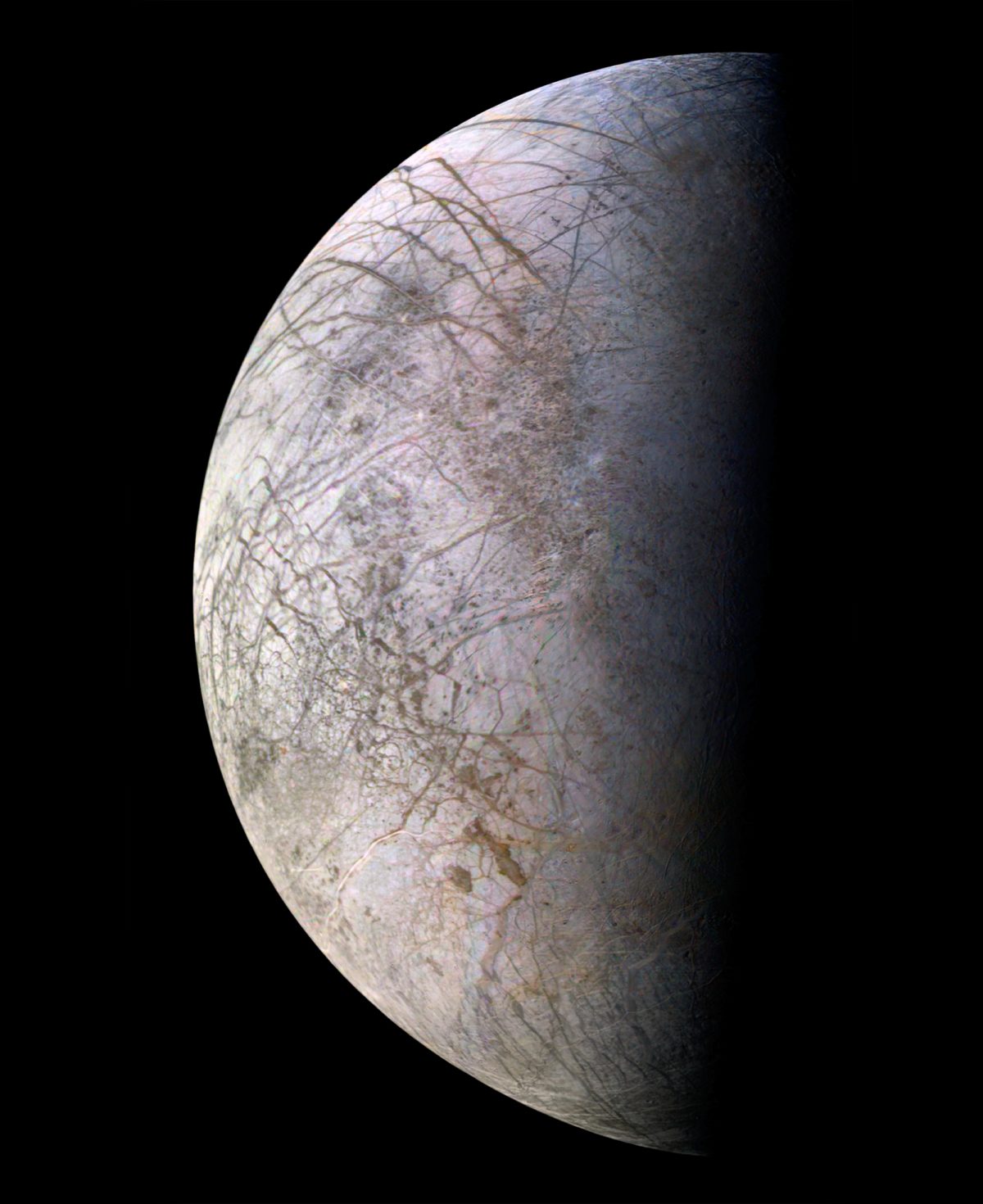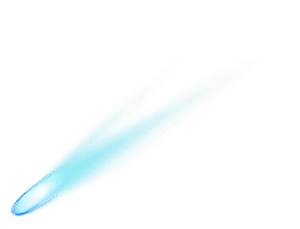The Downlink • Jul 17, 2020
Imaging and imagination in space
Space Snapshot

Stitched together from 28 images, this recent view from NASA's Curiosity Mars rover was taken from the top of a steep slope, looking out over a sandstone cap and a more distant "clay-bearing unit," a region which scientists think contains evidence of the history of water in the area. Learn more about Mars and the upcoming missions to explore it.
You love space, now take action
This weekly newsletter is your toolkit to learn more about space, share information with your friends and family, and take direct action to support exploration. Anyone can subscribe at planetary.org/connect to receive it as a weekly email.
Mission Briefings


NASA’s Deep Space Network has dishes in the U.S., Spain, and Australia, so that as the Earth rotates, at least one station is able to talk to any spacecraft in any direction. The Australian facility is getting some much-needed upgrades (pictured) so it can better communicate with Voyager 2, which is 18 billion kilometers (11 billion miles) away. Image credit: NASA/JPL-Caltech.

The United Arab Emirates’ Hope spacecraft missed its first 2 Mars launch attempts this week due to bad weather at the launch site in Japan. Visit planetary.org/mars2020 to see up-to-date launch times for all 3 Mars missions scheduled to launch this month. Hope is the Arab world’s first mission to another planet and will study Mars’ climate in an attempt to understand what ancient Mars was like.

A new paper using data from China’s Yutu-2 rover says that a dark-green “gel-like” substance found on the Moon’s far side is, as suspected, probably just glassy rock. The result is still intriguing because Apollo astronauts found a similar substance on the near side, likely formed after an impact or volcanic eruption. Learn more about Yutu-2 and the Chang’e-4 mission here.

NASA has updated its planetary protection regulations that outline how well space missions must protect against the human contamination of Mars and the Moon, as well as the contamination of Earth by possible Mars microbes. The new policies are less restrictive and remove provisions NASA said would have “constructively prohibited the human exploration of Mars.” Learn why we explore the Moon and Mars.

NASA astronauts have just one spacewalk left on 21 July to finish a three-and-a-half-year upgrade of the International Space Station’s power system. Chris Cassidy and Robert Behnken completed the next-to-last spacewalk on Thursday and will perform the last on 21 July. The latter will be Cassidy and Behnken’s tenth spacewalk, which places them in a tie with Michael Lopez-Alegria and Peggy Whitson for the most spacewalks by Americans.
From The Planetary Society

Every 10 years the planetary science community establishes its scientific priorities for the coming decade for a report known as the decadal survey. With the support of our members, this year The Planetary Society submitted 2 papers to the decadal committee that would advance our goals of searching for life in the solar system and defending the Earth from asteroid impacts. We also contributed to 2 other papers on our ethical obligation to pursue planetary exploration and on the value of small-cost missions. Pictured: Europa, one of the prime destinations in the search for life. Image credit: NASA / JPL / Ted Stryk.
What's Up

Jupiter and Saturn continue to put on a spectacular show in the night sky this week, along with Mars in the late-night sky and Venus in the early morning. Backyard astronomers in the northern hemisphere also have the rare treat of being able to spot comet NEOWISE, visible in the northwest after sunset.
Spacetime Swag

Who needs a calendar when you’ve got the solar system? Our newest t-shirt commemorates The Planetary Society’s 40th anniversary with a look at the positions of the planets on the date of our founding, 11 November 1979. Every purchase from our online store supports our mission to explore every world on this shirt and beyond.
Wow of the Week

Planetary Society member Bernice Ramsdin-Firth from British Columbia, Canada, created this artwork. Inspired by a dream and by her many years of learning about the cosmos, this painting depicts the imagined feeling of floating through space.
Do you have a suggestion for the Wow of the Week? We’re looking for space-related art, music, gadgets, quotes, fashion, burning questions, brief sci-fi passages, or anything else that will make our readers go “Wow!” Send us your idea by replying to this email, and please let us know if you’re a Planetary Society member.


 Explore Worlds
Explore Worlds Find Life
Find Life Defend Earth
Defend Earth


